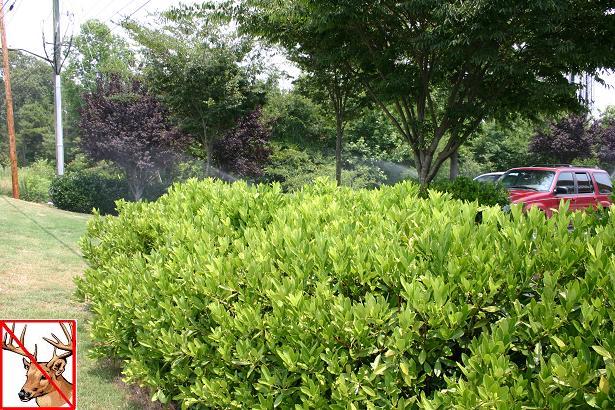Plant Profile: Yellow Anise
Illicium parviflorum

Yellow Anise is an evergreen shrub that's native to the southern part of Georgia and into Florida
where it can be found growing naturally along streams and low moist areas. Although this plant is listed
as endangered in the wild, it's very abundant in the nursery trade.
Yellow Anise earned its name due to the fact that the foliage smells like licorice when crushed,
however it is not edible. In good growing conditions, the mature size will be upwards of 10-12 feet
tall and 6-8 feet wide. This plant is drought tolerant once established and highly deer resistant.
Although, it's very popular in the commercial and residential nursery trade, I'm often frustrated by
the improper installation and incorrect placement I often see with this plant. Yellow Anise prefers
to be planted in light to medium shade with rich soil that is high in organic matter.
However, I most often see it planted in full sun and clay soil where it tends to suffer (see below).
The foliage of Yellow Anise is naturally an olive-green color which helps to brighten shady locations.
Plants in full sun and clay soil will have more yellow to their foliage with the leaves
pointing upwards folded tightly against the stems.
Yellow Anise makes a great hedge or screen plant for light to medium shade and can be pruned as needed to
maintain a neat habit. Single specimens can also be pruned into tree-form.
In poor soil and hot sun, these plants often perform poorly:

Copyright © 2013 by Theresa Schrum - All rights reserved
No part of this website may be reproduced without the expressed written permission of Theresa Schrum

